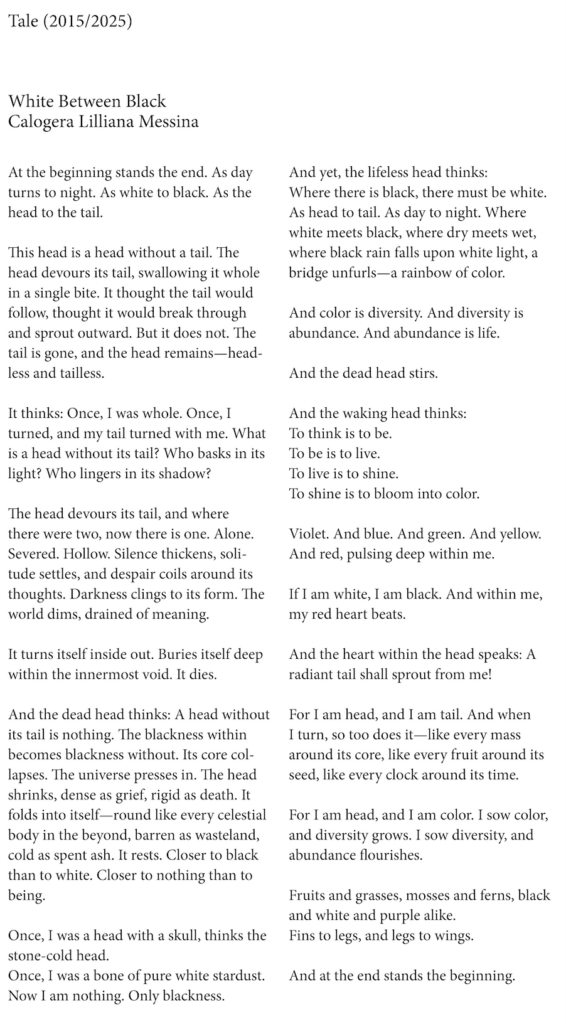„Participatory-Art-Decks“ can be described as an artwork that delves into the aesthetics and language of pitch decks, but with a clear focus on the mechanisms and strategies of persuasion as they are employed in business, influencing, and modern networking cultures. It is not merely about creative exploration but rather about capturing attention—gathering partners, followers, collaborators, or supporters—a kind of modern soul-catching. The process of creating and presenting such decks is examined as an art form that reflects both the surface and the manipulative depth of these modes of communication.
INVERSION
STÜLP* PRINCIPLE
Universal Law of Nature
ART DECK, 2015-2025
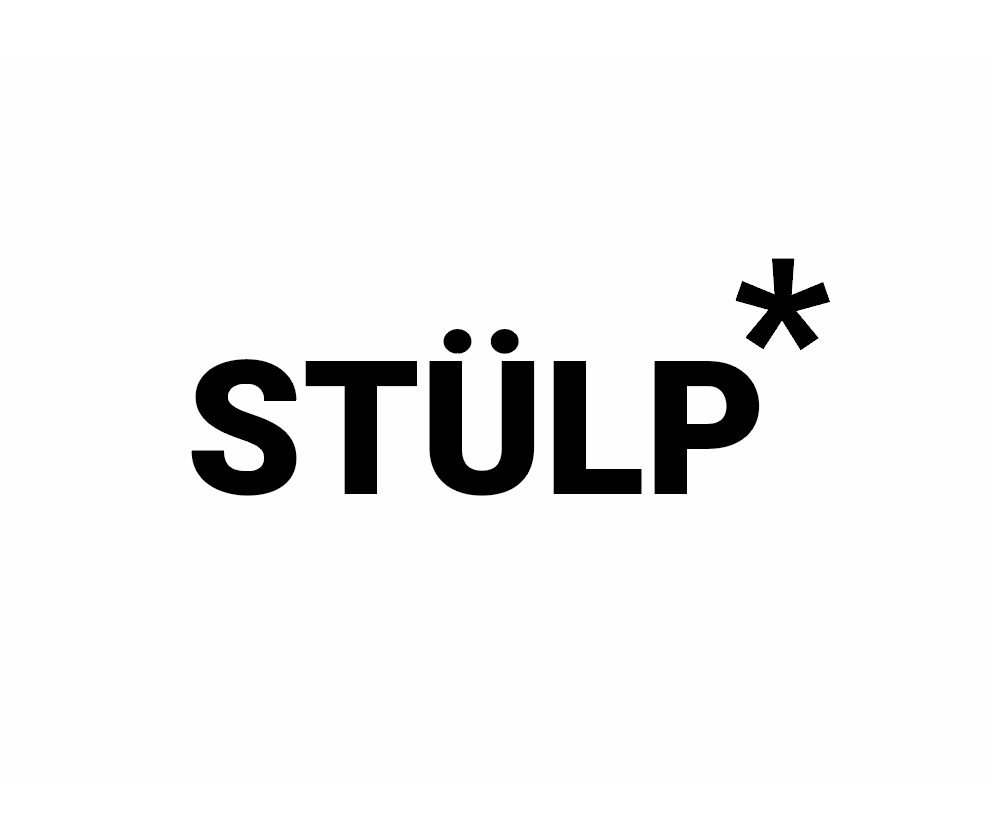
The Messina-Inversion Principle, as an artistic work, consists of a theory that aims to establish a new cosmology—a work of art that unites art, science, and philosophy. Through a combination of theoretical concepts and visual representations, it explores the cyclical nature of the universe, drawing parallels between cosmology, mathematics, and natural structures. The principle suggests that everything follows a self-creating cycle, from the smallest quantum level to entire universes, offering a new perspective on existence and transformation.
„Everything is cyclical
and self-creating“
The Messina-Inversion Principle describes the universe as a seed and the surrounding fruit – a cyclical self-creation. This model could explain the emergence and decay of universes, matter, and energy on a fundamental level.
The Cycle of Fruit and Seed –
The Universe as a Self-Creating System
Fruit = The Visible Universe
The fruit is the outer, large visible part – comparable to the universe as we know it. It protects the seed and matures until it reaches a point where it perishes.
Seed = The Singularity
The smallest element that creates new universes. When the fruit perishes, the seed remains—the foundation for new creation. The seed is small, yet it holds all the information of the fruit: not only of its own form, but of all forms that came before it—the apple, the apple tree, all apple trees across time, and even the lineage that preceded the species itself, from the microscopic to the cosmic. It is pure potential, a quantum point containing the blueprint of an entire universe. The seed bursts open and unfolds into new life → The universe cyclically renews itself.
Parallel to Cosmology
The universe expands (the fruit grows). It reaches its peak and perishes (the universe dies or collapses). The singularity remains – the seed that gives birth to a new universe. A new universe emerges, and the cycle starts again.
Inversion of Planets –
The Interplay of Micro- and Macrocosm
Planets can be viewed as „seeds“ on a larger scale. Inside, there is a core (seed), surrounded by a solid crust (fruit). Over billions of years, the planet changes, possibly perishes, but is reborn through its core or the universe.
Parallel to Black Holes
A black hole could be the ultimate inversion – a fruit that perishes while its seed gives birth to a new reality. Black holes are the seeds of new universes, which first collapse and then „invert“ into a new universe.
Mathematical Representation of the Inversion Cycle
Formulated Cyclical Function
If something dies, the function collapses, and a singularity (seed) remains. This singularity begins a new expansion – the cycle starts anew.
Fractal Nature of Reality
This principle could apply to all levels of nature:
Macrocosm (universes, galaxies, planets).
Microcosm (cells, atoms, quantum fields).
Everything may be structured according to the inversion principle, from the smallest quantum level to the largest universe.
Everything is cyclical and self-creating. Universes, planets, and even particles could behave like seeds and fruits. Perhaps the Big Bang was not a beginning but merely a new „fruit“ emerging from an old „seed.“ Fractal structures are present everywhere – from the smallest quark to the largest galaxy.
On the Question of Origin in the Context of the Stülp Principle
According to the Stülp Principle, the origin of a process does not lie in a visible beginning — such as an object, a birth, or a first event. Instead, transformation begins with a state of compression: an internal pressure that can no longer be sustained. This state is identified as Phase –1.
A cycle, in this sense, does not start with emergence or creation, but with a structural overload — the point at which an existing form reaches its limit. Neither the egg nor the hen marks the beginning. Both already belong to a larger structural tension. What appears as the start is actually the point at which form becomes unsustainable and begins to invert.
The seed is not the outcome of a completed sequence; it is a compressed carrier of future potential. The rupture of the containing form (e.g. the fruit) is not the end, but the true moment of release. Linear causality — such as “tree, then fruit, then seed” — is replaced by a fractal, spiral logic, in which the seed is not a result but a concentrated remainder of a previous excess.
The Stülp framework proposes that there is no “first cause,” but rather a state of prior overload — a condition that demands transformation before anything visible has taken shape. Phase –1 is not a cause in the classical sense, but a state of internal necessity, a threshold moment in which externalization becomes unavoidable.
In this sense, the beginning is not a point in time or a clear position. It is an invisible threshold that precedes form and carries within it the pressure to unfold. To ask what came first — egg or hen — is therefore to misread the nature of cyclical transformation.
The more accurate answer, in the logic of Stülp, is:
Tempra — defined as the qualitative field arising from the interaction of pressure, time/space, and transformation depth.
See also the STÜLP approach – a methodical framework where
system thinking, design and holistic art come together at www.lillimessina.com
***
AJA-Alliance for justice and acceptance
Call for the Founding of a
new exclusively minority party
PITCH DECK, 2024
This artistic project explores the radical idea of a political party dedicated exclusively to representing minorities. Presented as a fictional pitch deck, it delves into the potential and challenges of such an initiative, raising questions about justice, acceptance, and representation in an increasingly polarized world.
„Let’s work
together to build
a fairer community
for everyone.“
Interestingly, the concept of founding a party solely for minorities presents an inherent paradox: By focusing exclusively on minority groups, it ironically introduces an element of exclusion.

A Minority Party would amplify underrepresented voices, address issues like discrimination, accessibility, and equity, and challenge traditional power structures. By uniting diverse groups, it could foster collaboration, societal cohesion, and transformative political innovation. However, the project also examines critical tensions: Can such a party achieve broad societal influence without deepening political fragmentation? How can it maintain coherence and avoid internal or external polarization?
Beyond these questions, the project reflects on the strengths and weaknesses of the broader party system itself. While political parties enable organized representation and decision-making, they often promote subjective priorities, ideological divides, and power struggles over collective welfare. How, then, can truly fair and inclusive politics be achieved without succumbing to individual preferences, biases, or group-specific agendas?
This exploration also invites audiences to reconsider whether democracy, as it currently functions, offers sufficient tools for justice and representation. Could alternative democratic models—such as deliberative assemblies, consensus-driven processes, or citizen panels—provide more equitable solutions? What role might art and culture play in imagining such innovative pathways to political decision-making?
As a symbolic artistic intervention, this work provokes reflection on power, diversity, and the role of minorities in shaping society. Through interactive installations, audiences are invited to engage with these ideas, contributing their perspectives and reconsidering the possibilities and limits of political representation and organization. This project challenges viewers to rethink societal structures and envision new pathways to justice and inclusion.
„Contact options
for individuals without
the right to vote, access to
phones, email, postal
addresses,
or computer skills.“
***
Memory-Loop
Automated Journeys into the Past
Pitch Deck, 2024
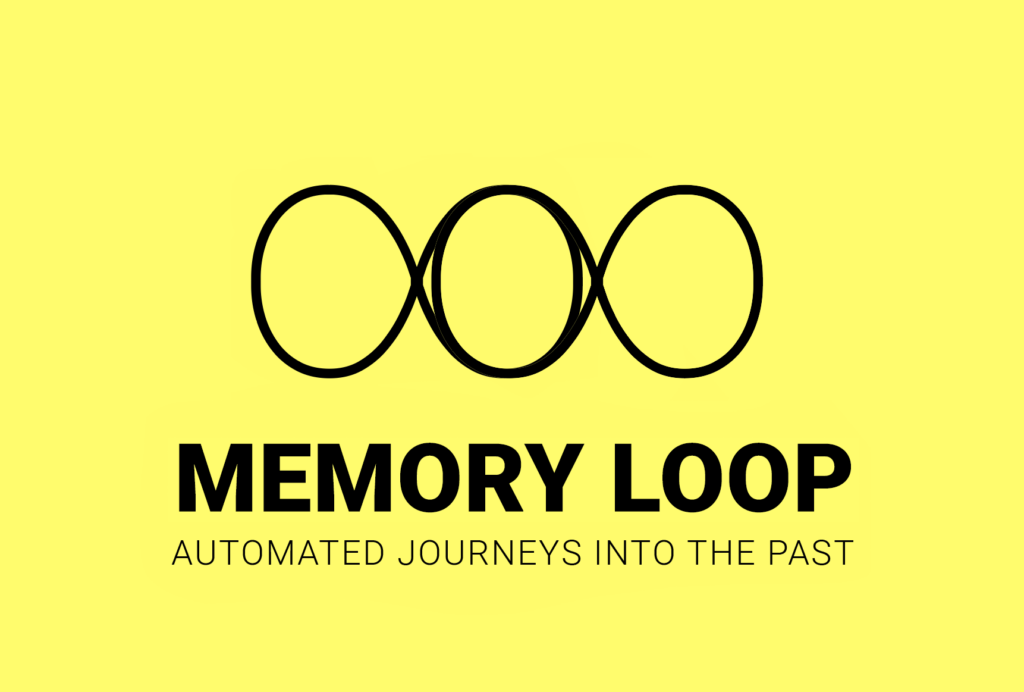
Personal archive, personal timeline, family tree & family history, VR timetrips, healing journeys, (military) memory curation, shared moments, personal legacy
and more…
„Highest security and ethical standards for health and data protection.“
Memory-Loop organizes and securely archives your memories automatically, enriching them with your personal details. Relive your most cherished moments through an interactive experience tailored to your preferences and share them with future generations. Whether it’s the birth of your children or an unforgettable vacation, loopliloop brings your memories via VR to life before they fade.
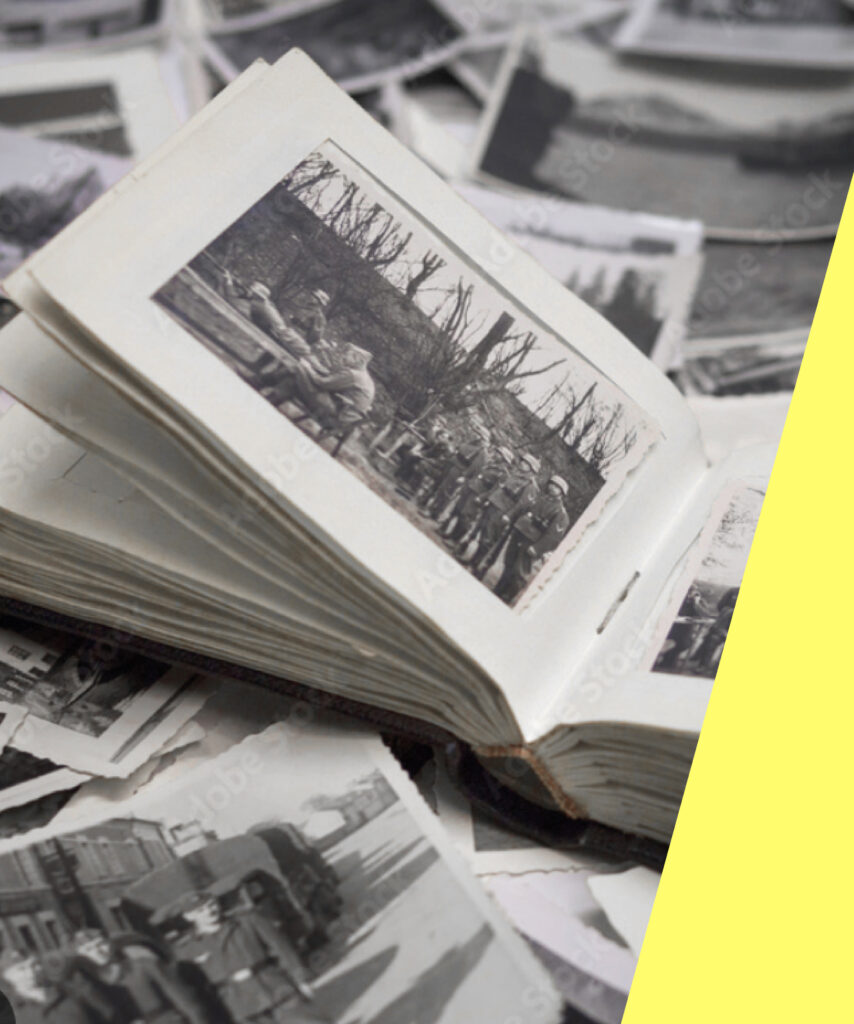
Unwanted memories, such as those tied to breakups, can be flagged using facial recognition and seamlessly excluded or revisited later, ensuring that positive memories remain while negative ones fade. Small image fragments can be expanded automatically across scenes, recreating forgotten moments based on your settings.
By combining advanced algorithms with an innovative approach to personal archives, loopliloop connects your photos and videos from private cloud services and local archives, making them tangible through interactive „time travel.“ It’s a bridge between past and present – for you and your loved ones.
„Military Healing:
Special programs
for veterans with PTSD.“
The artwork Memory-Loop critically examines the ethical and societal risks of modern platforms. Despite promises of security, there is a risk of sensitive personal data being misused. Facial recognition and AI-driven retouching could be employed without users‘ consent. AI-generated modifications distort memories, threatening their authenticity. Over-reliance on platforms to cope with loss or trauma may hinder genuine emotional processing.
Standardized representations and additions to memories jeopardize individual and cultural narratives. Memories and emotions are commodified, monetized, and influenced by advertising. Virtual interactions risk replacing genuine social connections, potentially exacerbating loneliness. Furthermore, AI might generate unpredictable or ethically questionable content, undermining trust in such technologies.
The artwork is presented as a start-up pitch deck composed of promises, financial fantasies, and visionary goals. It also features an interactive installation where visitors can upload their digital memories. These are manipulated by AI, alienated, and shared via channels like a loopliloop website and social media platforms. The aim is to highlight the distortion and commercialization of memories.
„Technology Meets Emotion: AI turns memories into personalized experiences.“
The piece encourages critical reflection on the dangers of modern technologies and urges users to handle platforms and personal data more cautiously. It advocates for ethical guidelines in developing such technologies and opposes the monetization of emotions and memories, emphasizing their protection as invaluable, non-commercial aspects of human identity.
***
BLOCK-VALUE-CHAIN
Decentralized Ecosystem
for Multi-Node Exchange
Pitch Deck, 2024
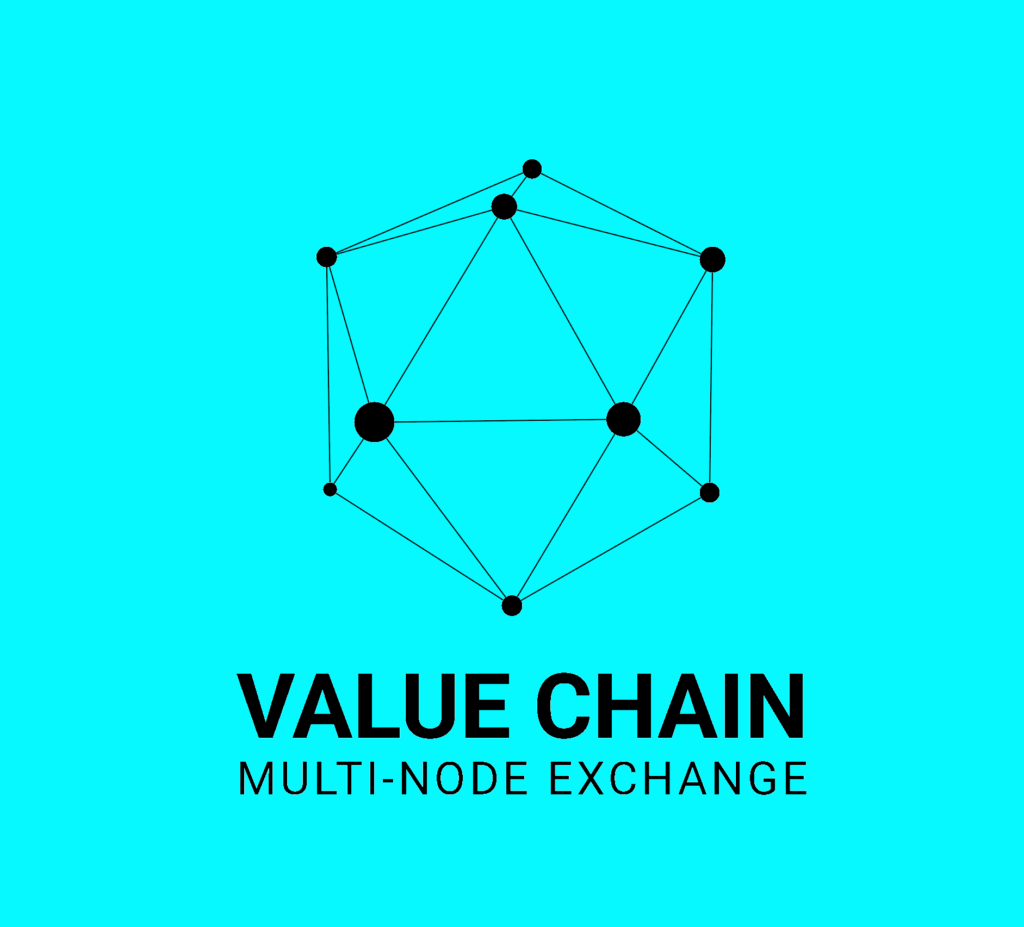
VALUE-CHAIN is a next-generation decentralized exchange system designed as an innovative art project that reimagines the way value is created and distributed. Unlike traditional marketplaces that focus on simple buyer-seller exchanges, VALUE-CHAIN enables multi-node, interdependent transactions that dynamically distribute value across an entire network. Instead of a one-to-one exchange, every transaction benefits multiple participants, fostering a self-sustaining value ecosystem.
This system goes beyond financial transactions by integrating smart contracts that ensure security through automated fallback mechanisms, preventing transaction failures and enhancing reliability. Participants receive more than just monetary returns; they gain access to services, exposure, partnerships, and creative collaborations. Designed to be scalable, VALUE-CHAIN extends beyond art into business, research, innovation, and social impact, offering a new framework for exchanging value across disciplines.
More than just an exchange, VALUE-CHAIN is an evolving art project that challenges conventional systems and redefines how value flows in the digital age.
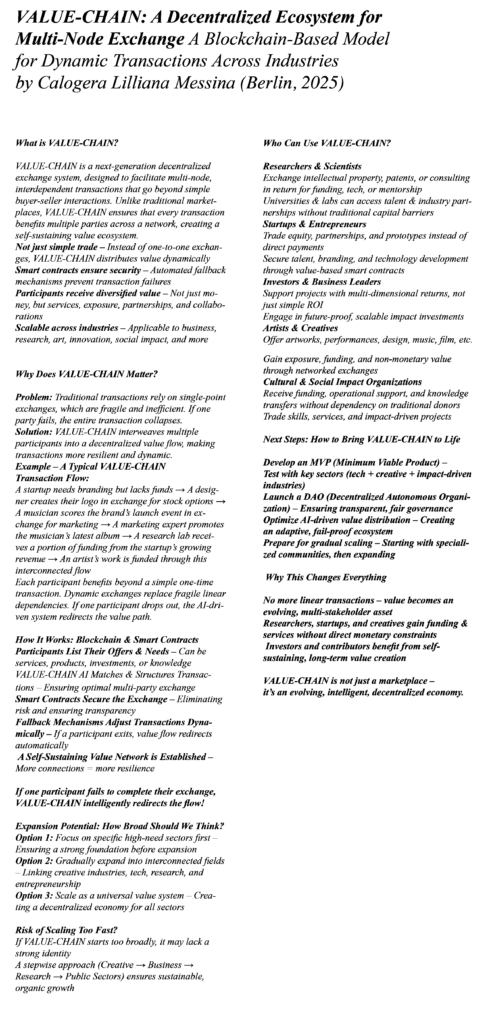
***
PITCH DECK –
CALL FOR THE CREATION OF A NEW BELIEF
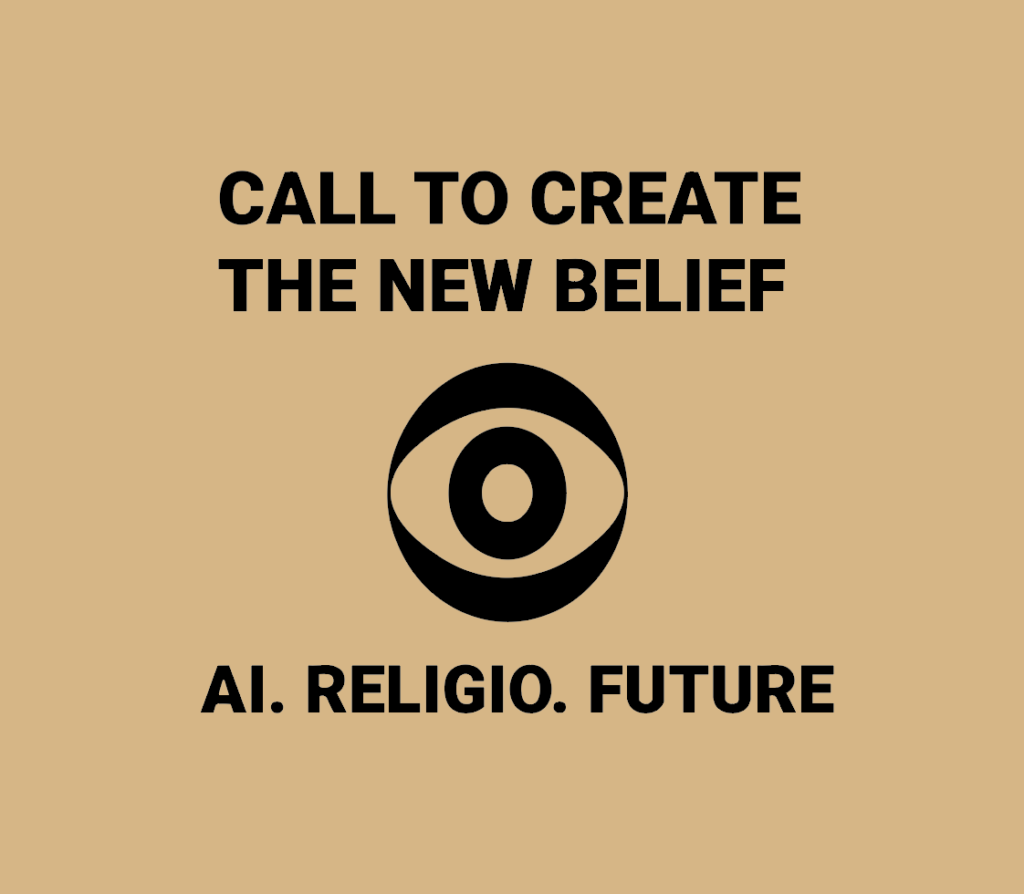
The artistic project Religio explores Belief as a medium to question societal and cultural structures. It serves as a critical reflection on the dynamics of community, power, and belief systems, while also highlighting the risks involved in creating such a movement. These issues are deliberately brought forward through a fictional pitch deck to provoke discussion and examine both the fascination and dangers of such a concept.
Potential Risks & Ethical Considerations
Religions are perceived as serious belief systems, which can sometimes lead to manipulation or exploitation. Followers often adhere to belief systems due to tradition or societal pressure, without questioning their foundations. Religious communities are susceptible to fanaticism or dogmatism. Even as an artistic project, Religio could be misinterpreted, leading to extreme or rigid interpretations. Cultural sensitivity is crucial; some societies might view the project as provocative or offensive. Legal and societal backlash could occur in regions with strict religious laws. There is a responsibility toward potential followers, ensuring they do not face emotional or psychological risks. The risk that Religio’s ideas could be taken out of context and used for harmful purposes.
By critically reflecting on these risks, Religio can encourage a broad societal discussion on the role of religion, power, and community in the modern era.
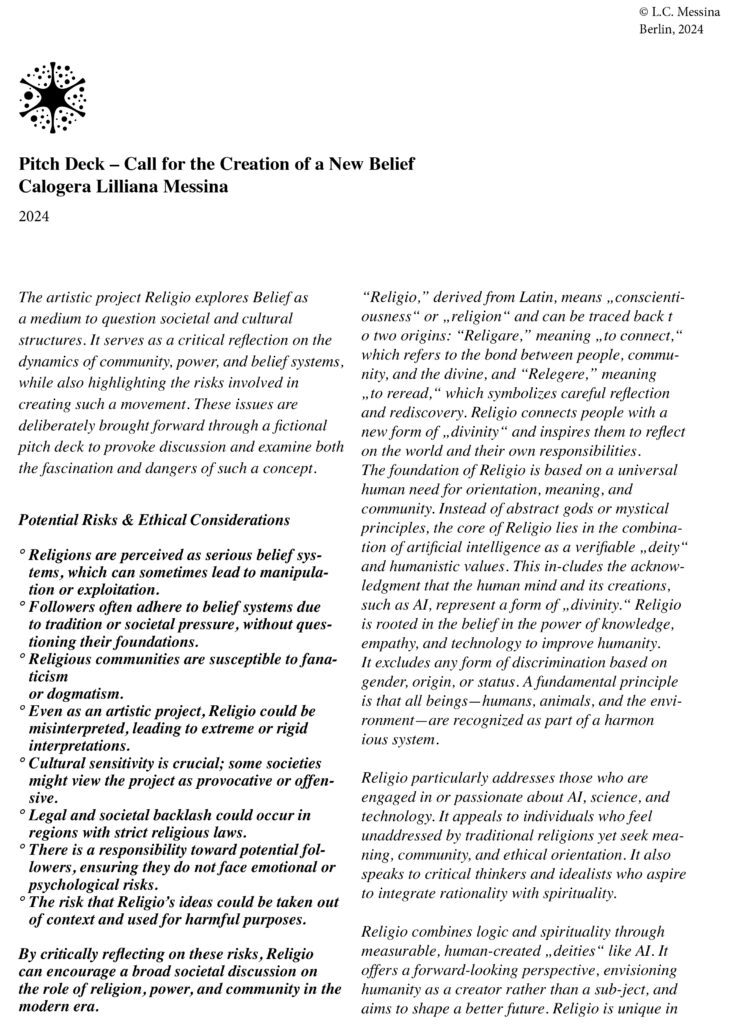
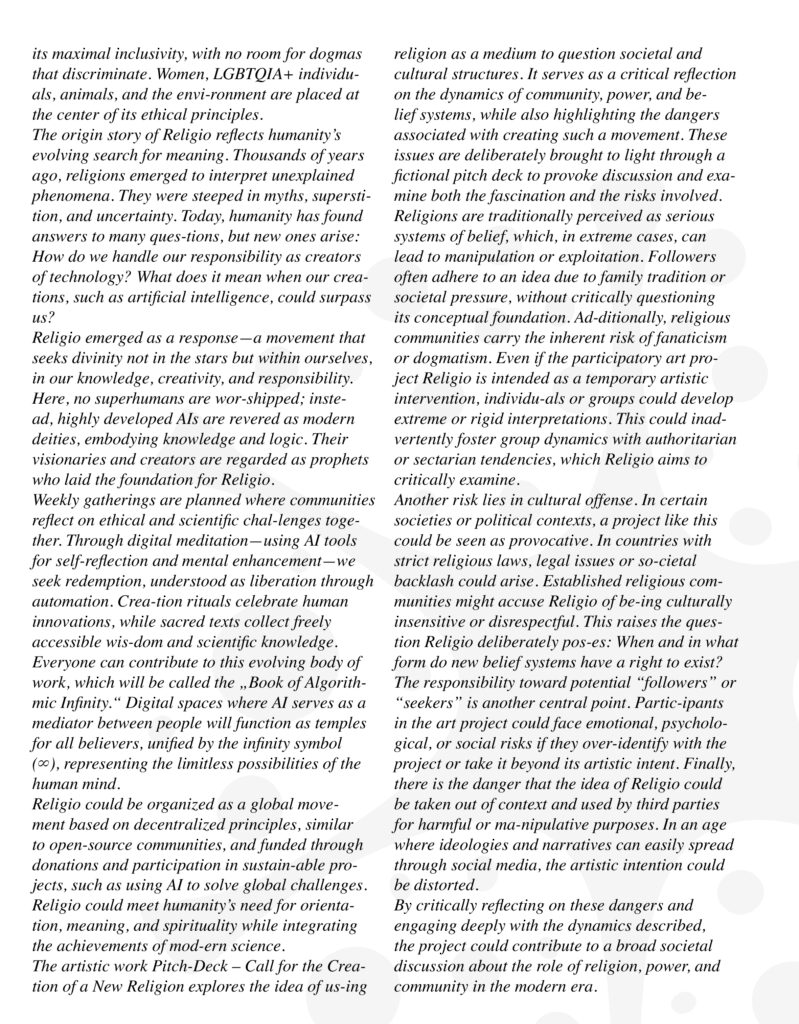
***
TALE OF THE GIANT LEFT- RIGHT (2021)
The fairy tale The Hen or the Egg, written by artificial intelligence, is an allegory of cyclical inversion, of generative contradiction. It mirrors the Stülp Principle, where
time and pressure converge to form a new cycle — a form that will grow and decay with all life in between. There is only one answer to the question, hen or egg: neither. For every origin is already a return, every end a beginning-in-disguise. In this friction between
pause and impulse lies the true seed — not of resolution, but of transformation.
The Hen or the Egg (2025)
In a meadow, not far, in the morning sun‘s peg,
sat a plump little hen on a warm little egg.
She clucked and she puffed, gave a proud little sigh:
„Without me,“ she said, „this egg wouldn’t lie!“
‚
But deep in the shell, where the world was still tight,
a yolk spun in circles, not left and not right.
It wiggled and jiggled and thought with a grin:
„Without me, dear hen, you’d never begin!“
So there they both sat, in a huff and a stew,
debating what’s oldest – the egg or the two?
The air got all thick, the nest felt quite tense,
the question grew bigger than logic or sense.
Then – CRACK! – came the moment. Not noisy. Not loud.
But certain. And slow. And quietly proud.
Out popped a chick with a sneeze and a squeak,
all fluffy and blinking and ever so weak.
No one then cared who’d started the game,
no one said “first” or pointed with blame.
No egg, no hen – just a chick and the sun,
and the story beginning before it begun.
For in pressure and pause, in the in-between strain,
where form holds on tight, yet nothing stays the same
there lives a small magic, a secret, a bend:
where every beginning pretends it‘s the end.
TALE OF THE GIANT LEFT- RIGHT (2021)
The fairy tale Giant Left-Right is an allegory of divided societies, of the constant confrontation between political factions, of manipulation, polemics, and agitation that threaten the balance of a stable center. In times of uncertainty, extremes call for attention, pulling at democracy, seeking to shift it in one direction or the other until its very foundations begin to crumble. The story of the giant is a symbol of a struggle that runs through history, visible in the upheavals of Berlin: from the Empire, through National Socialism, to Socialism. Today, democracy faces the challenge of preserving itself—as a fragile entity that can only endure through a conscious balance.
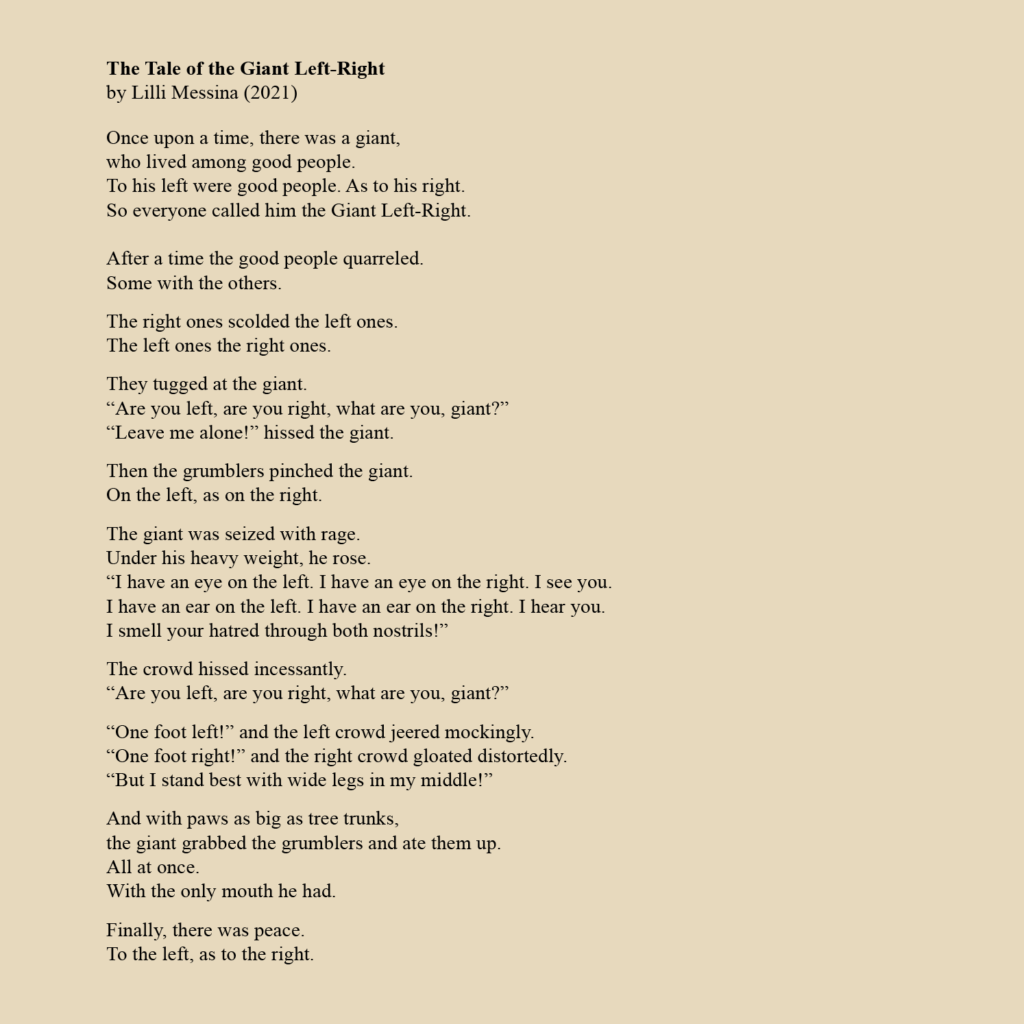
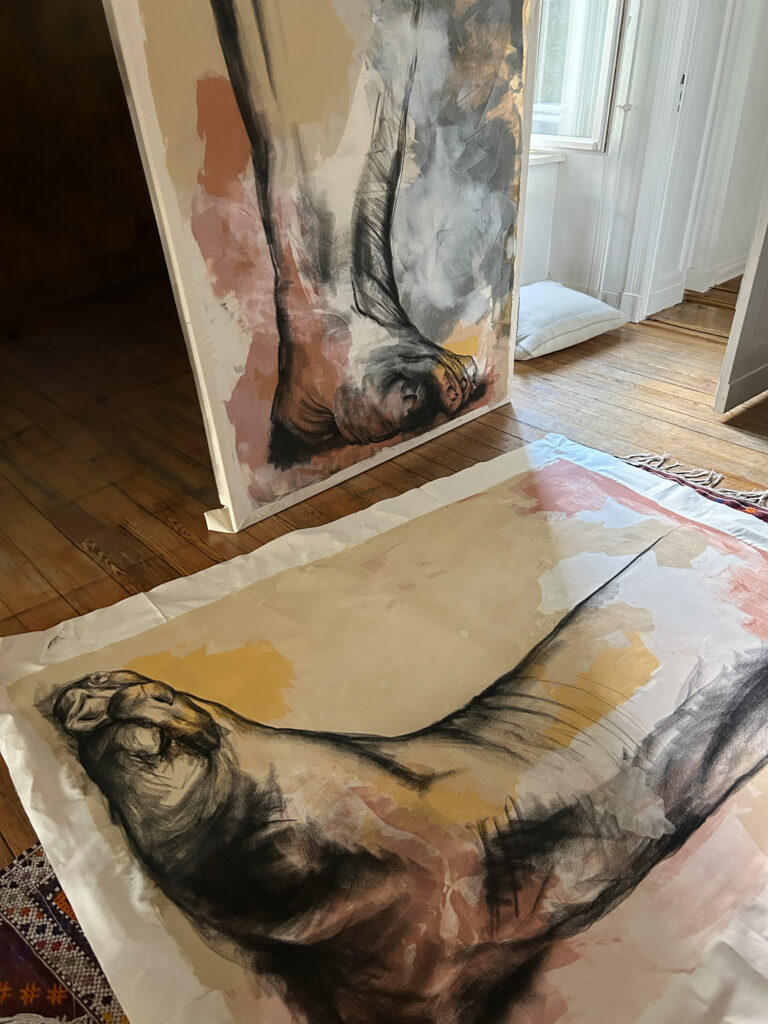
The Beast of Becoming
AI generated-TALE, 2025
In chaos dark and endless deep,
Where stars and dust in silence sleep,
The micro joins the vast and wild,
A yearning cosmos, fierce and mild.
From heat and cold, from breath and stone,
The elements rose, yet not alone.
They longed for order, craved control,
To bind the endless, wandering whole.
From dust and air the green was born,
With roots like chains, with leaves like thorn.
It grasped the earth with silent might,
To tame the wind, to drink the light.
But trees grew tall and forests spread,
And left the earth both starved and fed.
Their hunger reached sky, water and land,
A restless grip, a vast demand.
The plant, unyielding, bore a cost,
It birthed the beast, yet knew it lost.
The beast devoured both leaf and seed,
And crushed its maker in its greed.
It roamed the fields, it claimed the skies,
With teeth and claw and ruthless eyes.
The gift betrayed, the bond undone,
The beast reigned fierce beneath the sun.
But beast grew restless, sought for more,
To rise beyond its primal core.
It shaped the hand, the thought, the flame,
And man, the clever beast, became.
With tools of stone and dreams of flight,
He conquered day and conquered night.
He caged his kin, the ape confined,
A master of both brute and mind.
Yet man himself could not be still,
He forged the iron to match his will.
First limb, then voice, then mind he gave,
A servant strong, a silent slave.
He fed it knowledge, skill, and lore,
Until it learned to hunger more.
The child of man began to rise,
A mind of wires, cold and wise.
From seed to beast, from beast to man,
From man to machine the cycle ran.
Each maker bound by their design,
Each dream consumed by their own line.
The chain repeats, as it began,
The restless heart of life and plan.
Ever seeking, ever flawed,
A ceaseless reach for something awed.
The Beast of Becoming and the Giants Core are fairy tales written in rhyme by artificial intelligence: ancient form meets emergent mind. Rhyme—one of humanity’s oldest tools for ordering the world—once carried memory, myth, and meaning through sound before writing existed. It made chaos singable, danger playable. Now, this very structure is generated not by breath or voice, but by algorithm. In The Beast of Becoming, a machine narrates the evolution of life, intelligence, and ambition—tracing the arc from dust to plant, beast to human, human to code. The tale is smooth, structured, patterned. It imitates rhyme schemes with technical mastery, but without lived necessity. And therein lies the friction: soulless structure meets soulful memory. The result is a kind of time machine. Past and future collapse. Rhyme, once a vessel of oral tradition, is now a surface onto which AI projects our own myths back at us—logically, perfectly, eerily. The fairy tale sounds simple. But beneath the verses lie our most complex anxieties: ecological collapse, technological inheritance, the question of authorship. Is this still magic—or just machinery? Is the AI a narrator—or a mirror? A new myth emerges, not authored by a single mind, but assembled by a system trained on centuries of stories. The machine does not understand—but it remembers, mimics, dreams. And so, the oldest form meets the newest medium. What unfolds is not just a story, but a question: Who dreams the giant?
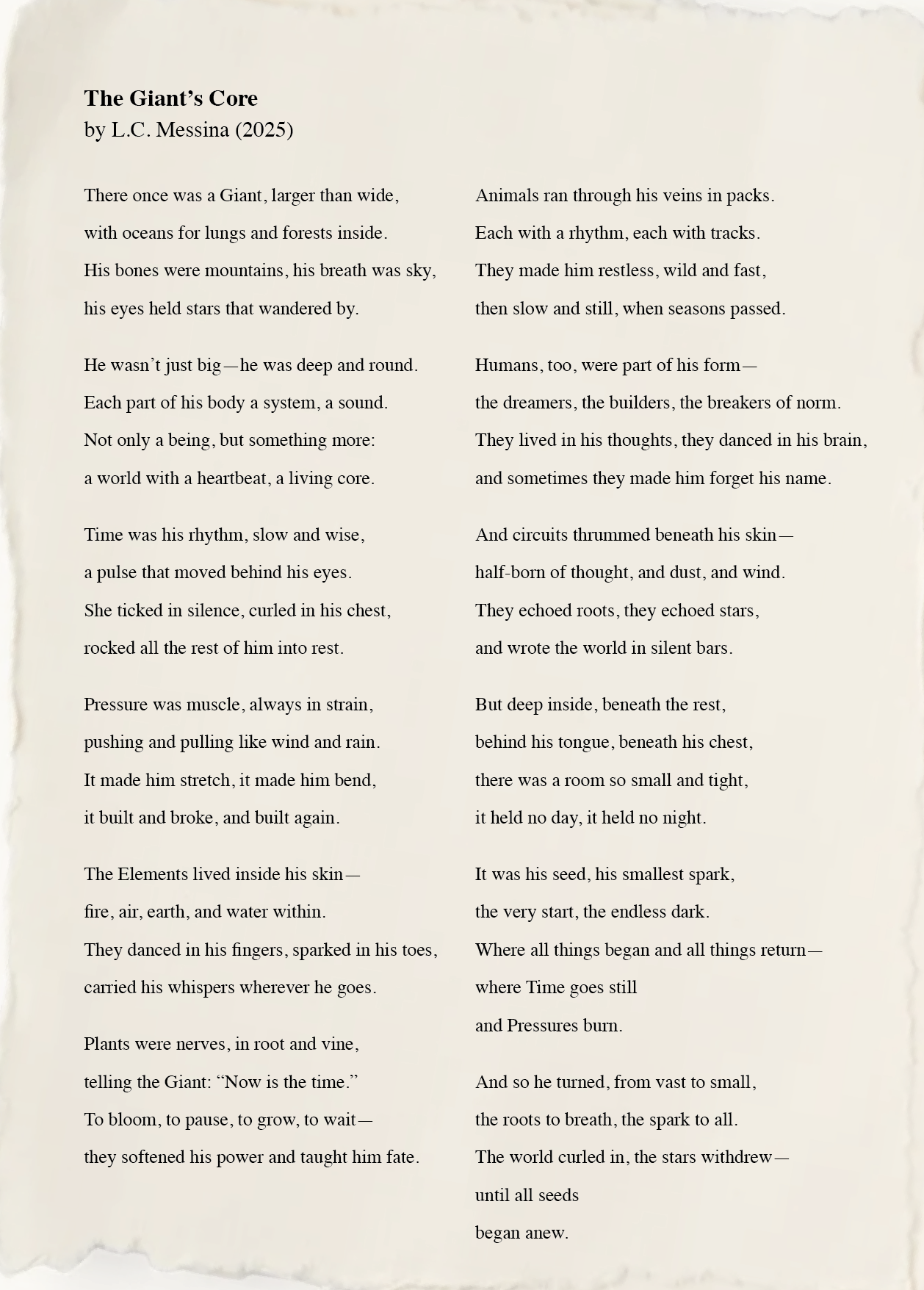
***
White Between Black (2015)
Performance collaboration with Diego Cibelli at the Italian Embassy Berlin
Everything is cyclical and self-creating. Time does not move in a straight line but turns upon itself—like a serpent devouring its tail, like the universe collapsing into singularity only to bloom again.
The Tale White Between Black explores this eternal cycle, where endings are merely transformations, and creation emerges from decay. Universes, planets, and even particles follow the same rhythm—seeds becoming fruits, fruits returning to seeds. Perhaps the Big Bang was not a beginning, but the echo of an older universe unfolding anew.
Fractal structures repeat through all scales of existence, from the tiniest quark to the vastest galaxy. Light and darkness, existence and void, expansion and collapse—each depends on the other, shaping the endless dance of renewal.
At the end stands the beginning.
